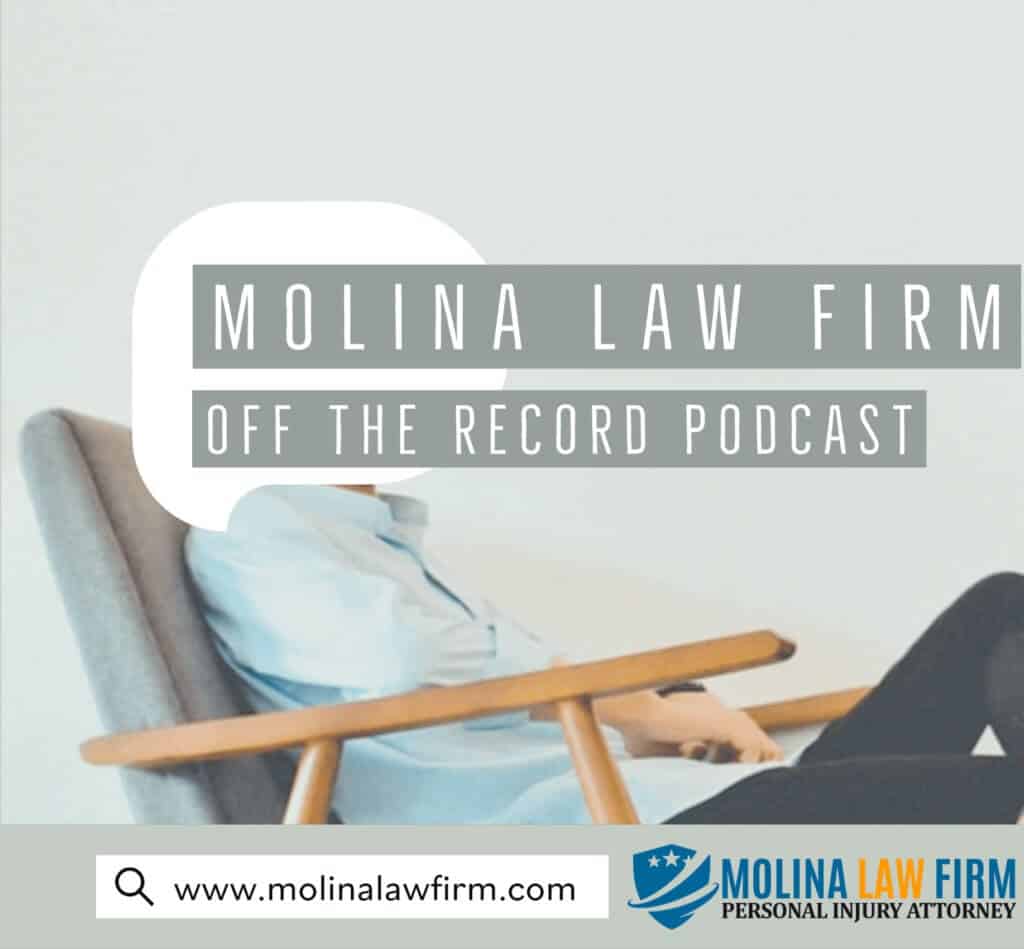
In Texas, according to the Texas Civil Practice and Remedies Code, if you are 51% at fault for an accident, then you cannot recover damages for the accident. Understanding accident responsibility in Texas is crucial to establishing a viable accident claim in court.
Accidents in Texas can have serious consequences, resulting in injury, property damage, or even loss of life. When such incidents occur, it is essential to understand the concept of accident responsibility to determine who is legally and financially liable for the damages.
In Texas, the responsible party is the individual or entity that caused the accident. It is important to note that liability can be shared among multiple parties, thanks to the concept of comparative negligence. This means that even if you bear some responsibility for the accident, you may still be eligible to receive compensation for your losses.
To navigate the complexities of accident responsibility and protect your legal rights, it is advisable to seek representation from a personal injury law firm. They have the expertise to guide you through the process and ensure that you receive the compensation you deserve.
What is Negligence?
Negligence refers to the failure to exercise reasonable care, resulting in harm or injury to others. In the context of accidents, negligence plays a crucial role in determining who is at fault. To prove negligence, it must be shown that the responsible party acted or failed to act in a way that a reasonable person would not have under similar circumstances.
Proving negligence requires evidence and establishing several key elements:
- Breach of Duty: It must be demonstrated that the responsible party had a duty of care towards the injured party and failed to fulfill that duty.
- Causation: It must be established that the negligence of the responsible party directly caused the harm or injury to the victim.
- Damages: The injured party must demonstrate that they suffered actual damages as a result of the negligent actions.
Understanding the elements of negligence is essential when determining liability in an accident case. It is necessary to gather evidence and present a compelling case to establish negligence and prove liability. Working with legal professionals who specialize in personal injury cases can help navigate the complexities of proving negligence and ensure that your rights are protected.
Texas Modified Comparative Negligence Law
Texas follows a modified comparative negligence law when determining fault and allocating compensation in accident cases.
Under this law, a person cannot recover damages if they are found to be more than 50% at fault for the accident. In other words, if a person is found to be 51% or more at fault for an accident, then the person cannot recover any damages for his or her injuries.
However, if the person is less than 50% at fault, they may still be eligible for compensation.
In such cases, the compensation awarded is reduced by the person’s percentage of fault.
For example, if a driver is 20% at fault for an accident and the total damages awarded are $100,000, they would only receive $80,000.
Understanding the concept of modified comparative negligence is essential in navigating accident responsibility in Texas.
Texas 51% Bar Rule
Texas has a 51% bar rule, which significantly impacts accident liability cases. According to this rule, if you are found to be more than 50% at fault for an accident, you are barred from pursuing legal action or claiming any damages. This means that if you are predominantly responsible for causing an accident, you cannot seek compensation from other parties involved.
The 51% bar rule serves to protect other parties from being held financially responsible for accidents where the majority of fault lies with one individual. It ensures that the party primarily responsible for the accident takes full accountability and is unable to shift the blame onto others.
Understanding the implications of the 51% bar rule is crucial when determining liability in an accident case. If you are unsure about your level of fault or believe that others may also share responsibility, it is highly recommended to seek legal representation. A skilled personal injury attorney can guide you through the complexities of the 51% bar rule and help protect your legal rights.
Understanding Accident Responsibility in Texas
At-Fault Versus No-Fault: Navigating Texas Insurance Requirements
Texas follows the at-fault insurance system, which means that the party responsible for causing the accident is also responsible for paying for the damages. Unlike states with no-fault insurance systems, Texas does not require drivers to have personal injury protection (PIP) coverage. Understanding the difference between at-fault and no-fault insurance systems is crucial in navigating Texas’s insurance requirements and determining liability in an accident case.
Comparative Negligence: How Fault Percentage Influences Compensation
Comparative negligence refers to the allocation of fault based on the percentage of responsibility each party holds in an accident. Understanding how fault percentage influences compensation is important in determining liability and seeking appropriate compensation. If a person is found to be partially at fault for an accident, their compensation may be reduced by their percentage of fault. It is important to consult with legal professionals to understand how fault percentage can impact accident compensation.
The Role of Evidence in Proving Liability After an Accident
Proving liability after an accident requires gathering and presenting substantial evidence. This evidence can include police reports, medical records, photographs from the scene of the accident, witness testimony, and expert testimony. Collecting and preserving evidence is crucial in establishing negligence and proving liability in an accident case. It is important to work with legal professionals who understand the role of evidence in determining liability and protecting your legal rights.
Accident Responsibility: Determining Who is Liable
Insurance companies have teams of people ready to begin accident investigations the moment an accident happens. Insurance companies pay and train many people to conduct these accident investigations. However, these investigations are for the insurance company. These investigations are usually conducted while the injured victim is in the hospital or is otherwise injured.
Determining who is liable for an accident involves evaluating the evidence, applying negligence principles, and considering the applicable laws. Factors such as the actions and behaviors of each party, traffic laws, and the extent of damages are considered when determining liability. It is important to understand the guidelines for accident responsibility and work with legal professionals to ensure that the responsible party is held accountable for their actions.
How Can Molina Law Firm Help?
If you have been involved in an accident in Texas, it is essential to reach out to Molina Law Firm for assistance. You can contact them at (281) 922-4300 to schedule a free consultation and receive personalized legal advice. Their team of skilled attorneys will help determine liability, gather evidence, and fight for fair compensation for your losses.
Don’t face the challenges of accident responsibility alone. By enlisting the services of Molina Law Firm, you can rest assured knowing that you have a dedicated legal team on your side. Trust the expertise of Molina Law Firm in Houston, Texas, to navigate the complexities of accident liability and protect your best interests.


